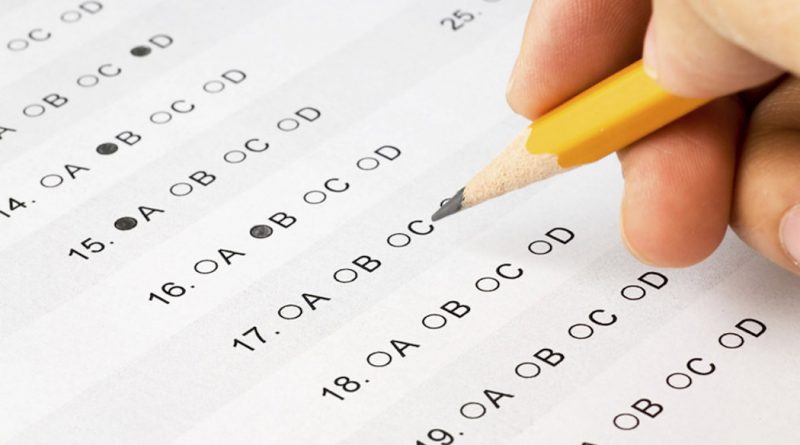College Board Ends ‘Adversity Score’ But Not Really
Sean Newhouse
Online Editor-in-Chief
The College Board, the company behind the SAT and AP exams, announced on Aug. 27 it was dropping its plan to make available to U.S. colleges and universities an “adversity score” on student test results that the company claimed would quantify disadvantages faced by an applicant in his or her neighborhood and school. But the company is keeping a tool that includes socio-economic scoring, which the University of Dayton has said it will not use.
In May, the College Board announced it was introducing a score, quickly nicknamed the adversity score, that would express the socio-economic background of college applicants, relying on data such as the proportion of students at an applicant’s high school who are eligible for free or reduced lunch and the percentage of students from that school who go on to attend college.
According to the New York Times, 100 to 150 colleges and universities use the adversity score. The College Board had planned to make it available nationally in 2020.
The New York Times also reported Kaplan Test Prep found mixed reactions to the adversity score in a survey of college admissions officers.
The chief executive of the College Board cited criticism from educators and parents as the reason for dropping the adversity score. He further said the company “perhaps overstepped,” but he defended its overall goal to provide colleges with a consistent method to judge the neighborhoods and schools of applicants.
While it is dropping the adversity score, the College Board still plans to go through with its Environmental Context Dashboard (ECD), which the college prep company now calls “Landscape.” The adversity score would have been one component of the ECD.
“Landscape” will include socio-economic data about applicants, including separate scores that measure school and neighborhood disadvantages, using information such as median family income and crime rates.
If you want to view your high school’s disadvantage score, click here to access a tool from the Wall Street Journal.
While only admissions counselors were able to view the ECD, college applicants will be able to view “Landscape.”
UD’s vice president for strategic enrollment management, Jason Reinoehl, told Flyer News on Sept. 10 that the university has no plans to use College Board’s “Landscape” tool.
Likewise, Reinoehl told Flyer News in June that UD would not use the ECD in admissions decisions because it was still in its pilot phase. He did, however, leave open the possibility that the university would use it in the future.
“As the pilot is expanded and greater research is completed, the university will continue to monitor and review related research and its relevance,” Reinoehl told Flyer News in June.
The administrator also announced in June that the university did have access to a pilot program of the ECD for the past two years, but UD admissions counselors did not use it for any applicant’s admission decision.
The news about the adversity score comes during a time of renewed attention to undergraduate admissions due in large part to the college admissions cheating scandal in which wealthy, and sometimes famous, parents bribed their children into top-tier colleges.
Critics have expressed concern for years that the SAT disadvantages poorer students. Data show students from wealthier families and with college-educated parents tend to do better on the SAT.
Have questions about this story? Email the writer, Sean Newhouse, at newhouses1@udayton.edu

